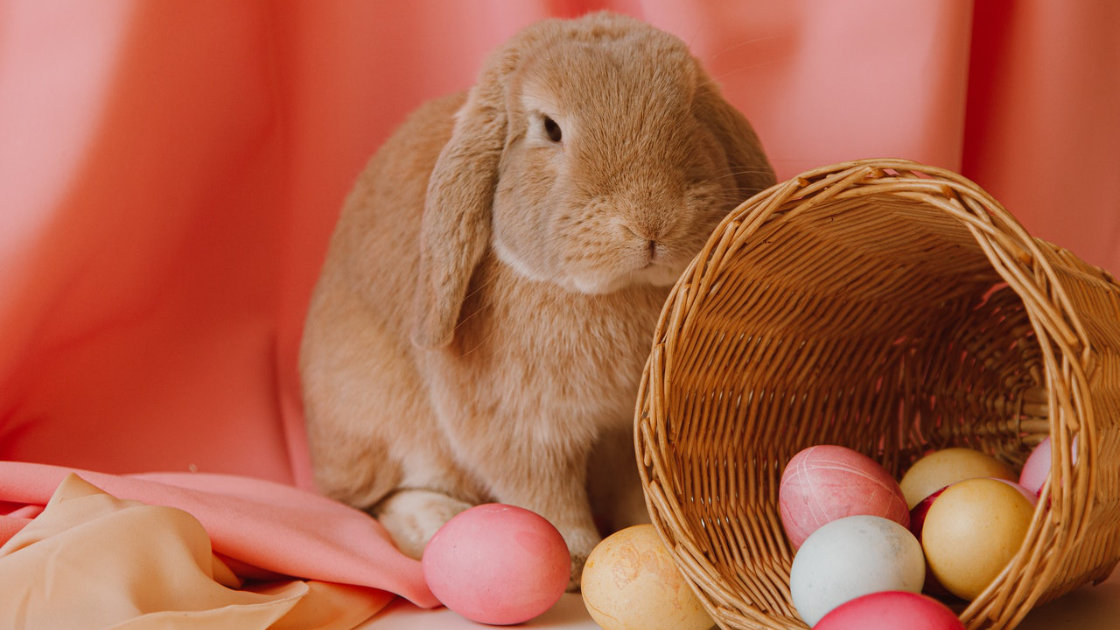Easter is right around the corner. Most of our Easter celebration comes from the Germans and traveled overseas with them to America. The Easter Bunny, Easter Eggs, and Easter candy all have their roots in German traditions.
Like Santa Claus or the Christ Child, The Easter Bunny would traditionally come the night before the holiday to leave gifts of eggs, candy and perhaps toys for the good children. Traditionally, children would make a nest for the Oschter Haws or Osterhase (Easter Hare). In the morning, good children would find treats in their nest and bad children would be left with empty nests (or filled with rabbit droppings). This nesting tradition has now been supplanted by Easter baskets and the fresh eggs with those filled with candy.
At first glance, it doesn’t seem like chicken eggs have a lot to do with rabbits. But chickens and rabbits can actually co-habitat in the same enclosure. It’s pretty easy to imagine a young child going to feed the chickens and finding a rabbit resting on an egg and then their imagination abounds. During the spring, chickens begin laying more eggs; after laying hardly any eggs all winter – it’s a little overwhelming to find uses for them all. Oftentimes, mischievous farm boys would hide the eggs from their mother in the days leading up to Easter. Then the eggs would mysteriously appear Easter morning.
Perhaps the abundance of eggs in the spring led to the traditions of decorating them. Eggs can be simply dyed, intricately painted, caved or pierced, or a combination thereof. Perhaps some of the most famous decorated eggs are the Pysanky eggs done in Ukrainian. These eggs are dyed by applying multiple layers of wax to the surface of the eggs and dyed in a series of colored baths.
